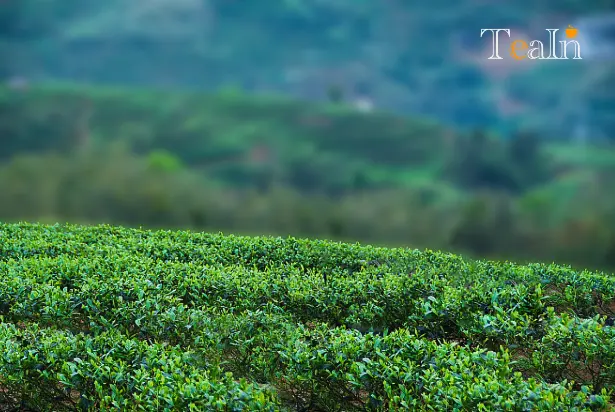Discover the Charm of Chinese White Tea

White tea, a delicate and refined beverage, has a rich history and unique characteristics that have charmed tea enthusiasts around the world. Let's take a journey through the fascinating world of Chinese white tea.
I. History of Chinese White Tea
White tea has a long and storied history that dates back to ancient times. It is believed to have originated in the Fujian province of China. In the past, white tea was highly regarded and often offered as a tribute to the imperial court.
Over the years, the production and consumption of white tea have spread to different parts of the world. Today, it is known for its subtle flavor, health benefits, and elegant appearance.
II. Origin and Major Production Areas
China is the main producer of white tea, and Fujian province is renowned for its high-quality white tea. The unique climate and soil conditions in Fujian provide an ideal environment for growing tea plants.
Other regions in China, such as Zhejiang and Yunnan, also produce white tea, but Fujian remains the most famous and influential production area.
III. Production Process of White Tea
The production of white tea is a delicate and time-consuming process. It typically involves the following steps:
- Plucking: Only the tenderest tea leaves and buds are selected. This ensures the highest quality of the final product.
- Withering: The freshly plucked leaves are spread out and left to wither naturally in a well-ventilated area. This process allows the moisture in the leaves to evaporate slowly.
- Drying: After withering, the leaves are dried using gentle heat. This final step helps to lock in the flavor and aroma of the tea.
The simplicity of the production process helps to retain the natural essence of the tea leaves, resulting in a pure and refreshing beverage.
IV. Classification of Chinese White Tea
Chinese white tea can be classified into several categories based on different criteria. The main categories include:
Baekho Silver Needle:
- This is the highest grade of white tea. It is made from only the tender buds of the tea plant.
- Baekho Silver Needle has a delicate appearance with silvery-white hairs. The flavor is light and sweet, with a subtle floral note.
- It is highly prized for its rarity and exquisite taste.
White Peony:
- White Peony is made from a combination of buds and leaves.
- It has a beautiful appearance with a mixture of silver and green colors. The flavor is slightly stronger than Baekho Silver Needle, with a hint of fruitiness.
- White Peony is a popular choice among tea lovers for its balanced flavor and moderate price.
Gongmei:
- Gongmei is similar to Soumei but is made from slightly younger leaves.
- It has a lighter color and a milder flavor.
- Gongmei is also a popular choice for those who prefer a milder white tea.
Soumei:
- Soumei is made from larger leaves and buds.
- It has a darker appearance and a stronger flavor compared to Baekho Silver Needle and White Peony .
- Soumei is known for its durability and affordability, making it a great choice for daily consumption.
In conclusion, Chinese white tea is a truly remarkable beverage with a rich history, unique production process, and diverse classifications. Whether you are a seasoned tea connoisseur or a beginner exploring the world of tea, white tea is sure to delight your senses and offer a moment of relaxation. So, brew a cup of white tea and immerse yourself in its enchanting world.
